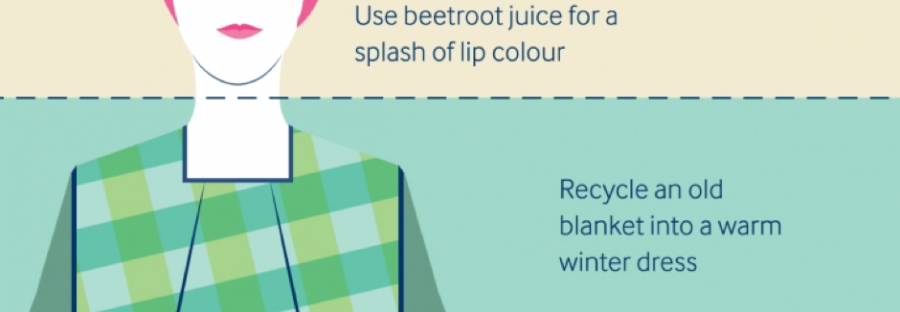Art Review: Fashion on the Ration at The Imperial War Museum North
- NQ's Ellie Danson reviews the latest exhibition at The Imperial War Museum: Fashion on the Ration
- The exhibition focuses on how both men and women found new ways to dress during war-time rationing
‘Recycle an old blanket into a warm winter dress’; it may not sound glamorous and in-trend but although fashion was rationed in the 40’s, creativity flowed and allowed new styles to shine through which has had a lasting effect on British fashion. The exhibition at The Imperial War Museum in Salford Quays ties in well with ‘International Women’s Day’ and shows the strength and determination of women to not let their standards slip through a difficult period.
The exhibition explores how both men and women found new ways to dress as rationing on everyday garments took hold of the British people. The Imperial’s general style is modern and I was pleasantly surprised to find that this wasn’t just clothes on display for people to look at, but a mixture or art and design that helped to put fashion trends into context.
Easy to navigate, the exhibition takes you chronologically with breaks of archive footage projected onto the walls which was a nice touch and made the experience more interactive. In addition to this were phones dotted through where I could listen to excerpts of interviews from women at the time discussing their feelings of how rationing clothes affected them.
There came an emphasis on practicality in the war and Vogue were quick to pick up on military style with khaki, practical coats even making gas mask bags a must have item. Designer Cecil Beaton made ‘utility clothing’ fashionable and it was interesting to see how women used existing materials and old clothes to reinvent their wardrobe. One of my favourite pieces was a silk underwear set made from a silk map. Couponing meant that new clothes became a rarity and by the end of the war there was a sense of resentment to the ‘make do and make mend’ campaign.
There is an interesting section where you can feel different materials which introduced a sensory aspect and kept my attention. There was a lot of information to take in from quite small writing and it was quite dark so having the interactive elements improved my experience. A selection of silk scarves with an array of patterns and colours brought the exhibition to life and signalled an end to the war. With celebrations of VE Day came dresses a Union Jack print, showing patriotism and relief.
There was a continuation of change in style and fabrics throughout the years and the presentation made this clear. Christian Dior totally revolutionised what women wore by the end of the war and there was a nice video to watch the end that brought in experts to discuss how the lasting changes in fashion are still evident today.
Costing £6 for adults and only £4.50 if you are a student, this is the only part of the museum you are required to pay for and this showed. I had a look around the main exhibition which is free and was surprised to find that it was rather busy. I was the only person wandering around ‘Fashion on the Ration’ which seemed a shame.
‘Fashion on the Ration’ runs until May and is worth a visit if you have an eye for fashion and although quite small I left feeling as though I had learnt a lot about this period.


